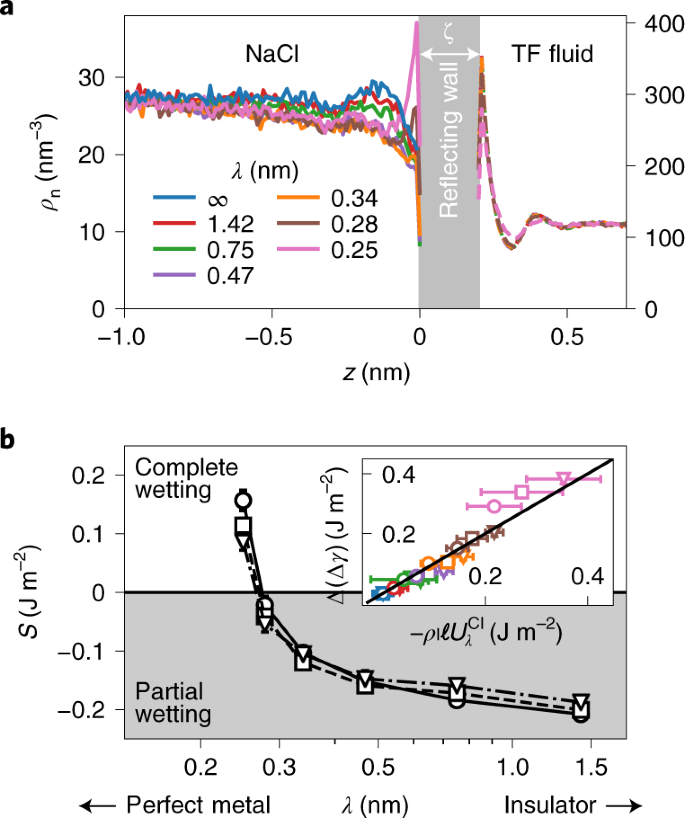
This might be conjectured, since the leading energy correction is generated by the fast electrons close to the nucleus. The question arises whether the density on the Thomas–Fermi length scale Z −1/3 is also unchanged by relativistic effects. In particular, the authors showed that the coefficient of this order is less than the nonrelativistic one which reflects the fact that the relativistic kinetic energy is lower than the nonrelativistic one, especially for high momenta. showed, using completely different approaches, that this is indeed the case. Schwinger predicted that relativistic effects occur only in sub-leading order. A similar result for the Brown–Ravenhall operator was proven by Cassanas et al.

On the other hand, Sørensen showed in the context of the simplest relativistic model, namely the Chandrasekhar operator, that energetically this worry is not justified, at least not to leading order in the energy: the atomic ground state energy of the Chandrasekhar operator is still described by the Thomas–Fermi energy for large Z and γ:= Z/c fixed to a value not exceeding the critical coupling constant γ c: = 2/π. This suggests that a relativistic description is necessary. Thus, electrons close to the nucleus are moving faster than a substantial fraction of the velocity of light c. However, it is questionable to describe large Z atoms nonrelativistically, since the large nuclear charge forces the bulk of the electrons on orbits on the length scale Z −1/3 from the nucleus. This result is derived by controlling the atomic energy to leading order in Z and its derivative with respect to small perturbations. Lieb and Simon showed that the atomic ground state density converges on the length scale Z −1/3 to the minimizer of the Thomas–Fermi functional of hydrogen. For this reason, one needs to devise models for many-body quantum systems which are easier to solve but still describe the system accurately. However, as in the classical Kepler problem, one cannot hope for an exact solution of the Schrödinger equation involving more than two particles. The energy of heavy atoms as well as the distribution of its electrons are of fundamental interest both in physics and in quantum chemistry.


 0 kommentar(er)
0 kommentar(er)
